To usher in the new year, and all the twos that it brings, we look at the best film franchises which stopped at two films.
In today’s film industry, stopping at one sequel doesn’t make any sense. If there is enough interest in the original film to merit a sequel, why not two? Really the only time we see a film franchise stop at two films anymore it is because either the sequel bombed, or it was a passion project for the filmmaker. Nonetheless, it is a somewhat unique occurrence in today’s film menagerie, not to mention all of the examples in the past where this was the case for any given reason.
Below I have created a list of my picks for the ten best film franchises which stopped at two films. To qualify for this list, the original film must have only one prequel or sequel (reboots don’t count). I have left off some examples of film franchises which currently have two films released, but there are plans in place for a third (Paddington). Reboots do not count towards the original franchise if they are not helmed by the filmmakers of the original film(s). I tried my best to organize them based on the cumulative quality of the two films, rather than by the most popular/best received film of each franchise.
10. Monsters Inc.
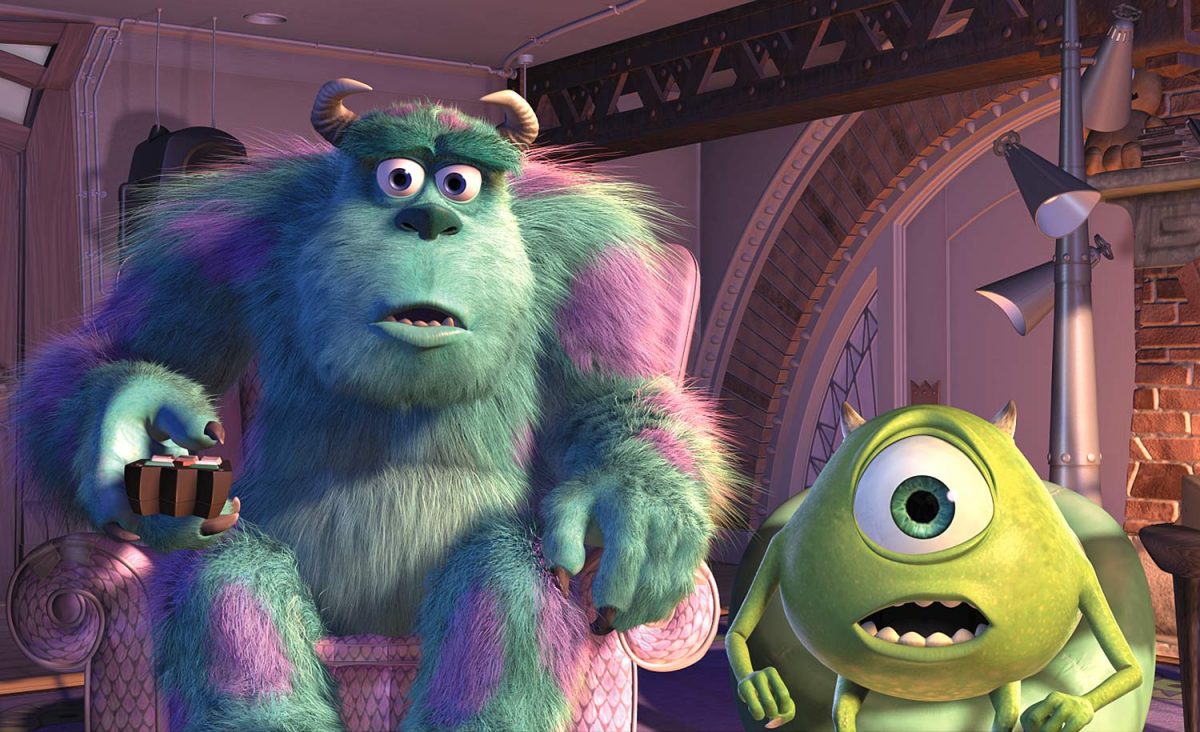
Original Film: Monsters Inc (2001)
The Sequel: Monsters University (2013)
Why this franchise belongs on this list: The original Monsters Inc. was among the string of hits Pixar had in its early run. Audiences loved the characters and the story, and it became an instant classic. Even decades later it is still a family film that everyone can enjoy. Although the animation feels a bit stiff, it’s the type of timeless film that leaves a lasting legacy. Because of this, it’s no wonder that Pixar eventually went back to it with a sequel/prequel. The characters are so beloved it only made sense to see how they met and where they came from. Monsters University wasn’t as original as the first film, but it did well enough and was welcomed into the fold by audiences and critics alike.
Why only two films? A true sequel to Monsters Inc. was actually in development at one point in time, and assigned to the Pixar spinoff Circle 8 Studios. But when Disney took over Pixar, Circle 8 was shut down and its projects canceled. But the popularity of Monsters Inc. persisted and so eventually they developed this prequel. Disney has more Monsters Inc. stuff in the works too, just not another film. The first season of the streaming series Monsters At Work debuted on Disney + last year, which acts as a sort of sequel to the original film. A second season is in the works.
9. Hellboy
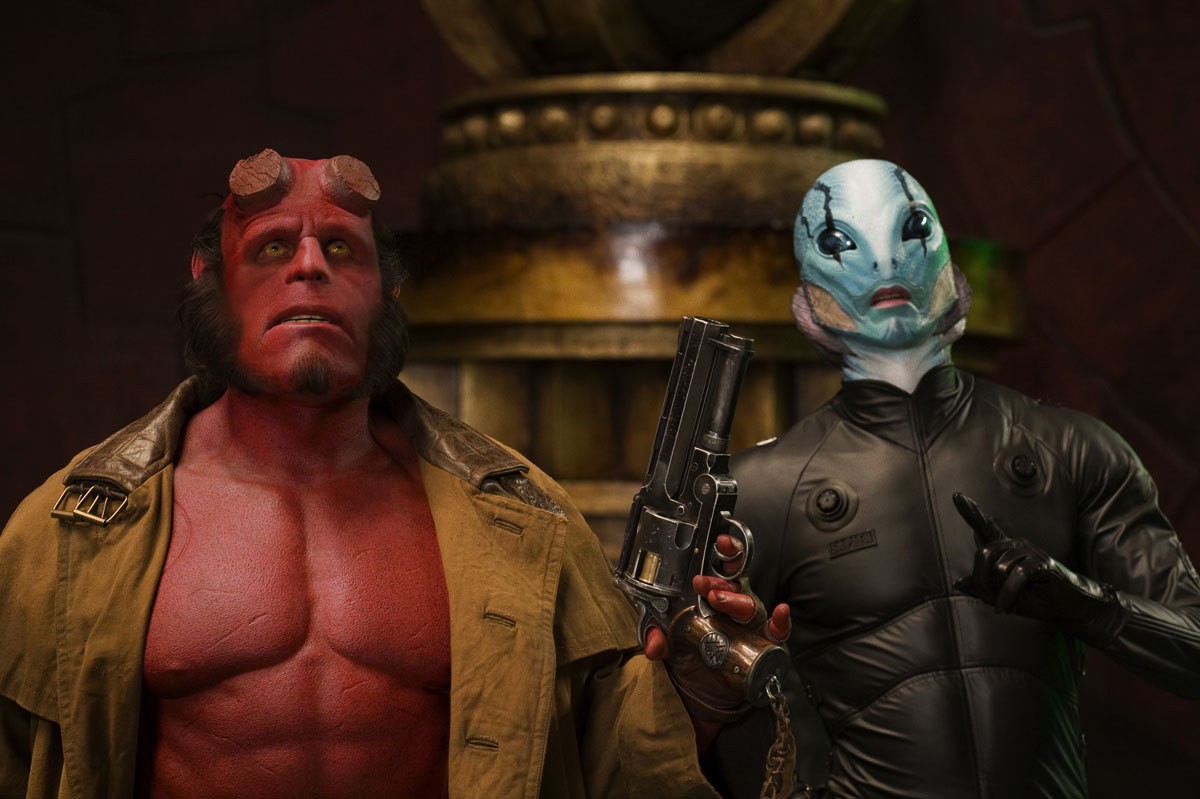
Original Film: Hellboy (2004)
The Sequel: Hellboy II: The Golden Army (2008)
Why this franchise belongs on this list: Guillermo del Toro’s Hellboy films feel like underdog superhero movies in today’s world of extremely high-budgeted comic-book-based blockbusters. They are films created more for love of wonky prosthetics, inspired makeup, slippery monsters, and intricate costume designs than they were for CGI-infested action sequences. Still, both Hellboy and its quicker-paced sequel brought the off-kilter comic to life in an unforgettable way. Both films were expertly detailed, full of charm, charisma, and interesting storylines. Audiences loved both and they have only gotten more popular since, especially as del Toro’s (creativity-fueled) star has risen.
Why only two films? Most of the reason for only two films in del Toro’s Hellboy franchise is the fact that del Toro was extremely busy. After filming Hellboy II he was attached to direct the Lord of the Rings prequel(s), and spent some time on pre-production. When that project fell through, he went on to other things. The third film was considered on-and-off for almost a decade before del Toro finally gave up in 2017. Part of the reason was the box office failure of Pacific Rim: Uprising, which del Toro needed to get studio support for a big-budget Hellboy film. Around the same time Universal Studios announced their plans to produce a R-rated film based on the Hellboy comics (which would later become a reboot), and this essentially killed off any remaining interest in del Toro’s version.
8. The Raid

Original Film: The Raid (2011)
The Sequel: The Raid 2 (2014)
Why this franchise belongs on this list: The Raid has become one of the most iconic modern martial arts films thanks to its intense action and streamlined presentation. It introduced the Indonesian martial arts of Pencak Silat to international audiences, and inspired interest in action movies from places besides the US, China, and Japan. Despite not being all that technologically advanced, it is really a revolutionary release that changed the action movie game forever. The sequel only upped the ante, and provided more depth. Together the films offer an unforgettable viewing experience that is unlike anything you’ll find in mainstream action films.
Why only two films? To be honest, Raid 2 wasn’t even supposed to be a sequel to The Raid in the first place. It was based on an earlier script that director Gareth Evans had written, and had been unable to secure funding for. After the success of The Raid, he modified the script to make it into a sequel so that it could get funding. He actually planned to create a third film, but decided to take a break from martial arts films. In the process he moved to the UK and has since stated that it changed his priorities. As a result, he doesn’t intend to make another film, although there are now rumors of a remake being made in Hollywood.
7. Trainspotting
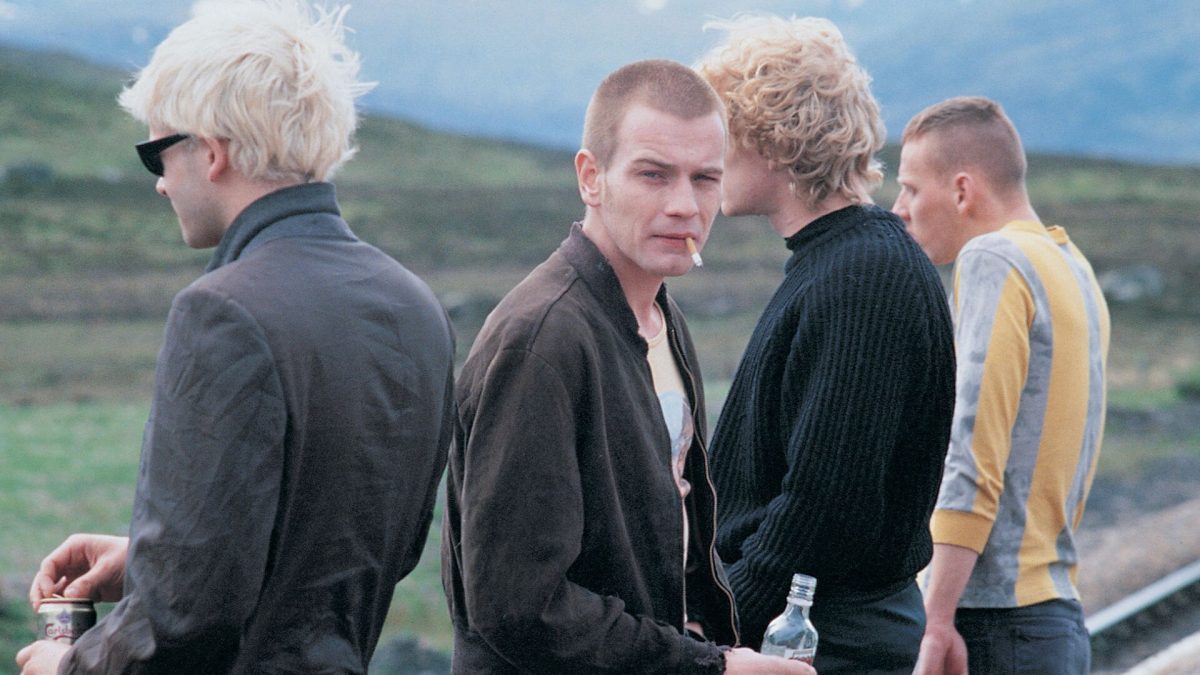
Original Film: Trainspotting (1996)
The Sequel: T2: Trainspotting (2017)
Why this franchise belongs on this list: BFI ranks Trainspotting as the tenth best British film of the 20th Century, and I feel like this accurately portrays the impact the film has had on the industry. Not only did it make stars out of Ewan McGreggor and director Danny Boyle, but it has since become a pop culture staple. The opening sequence is among the most iconic in all of cinema, and it sets the tone for a film with an energy unlike we had seen before. More importantly, its discussion of difficult topics such as addiction and death were meaningful while being entertaining. The sequel follows in the footsteps of the original film. Although it isn’t as iconic, it still brings forward the same type of energy, creativity, and thematic importance.
Why only two films? The original film was based on a novel of the same name which happened to have a sequel. Boyle had wanted to make a sequel, but had reservations about adapting the sequel novel. Some members of the cast and crew had also had a falling-out with Boyle in the years after Trainspotting. This derailed the efforts to make a sequel that would have been faithful to the second novel. Instead, Boyle began developing a new story, and eventually was able to convince the cast to return and treat the new film as a sort of reunion. Despite the second film turning out well, it doesn’t exactly leave anything unresolved. Furthermore, there are no additional novels to base additional films off of, and the cast has not expressed any interest in making another sequel.
6. The Hustler
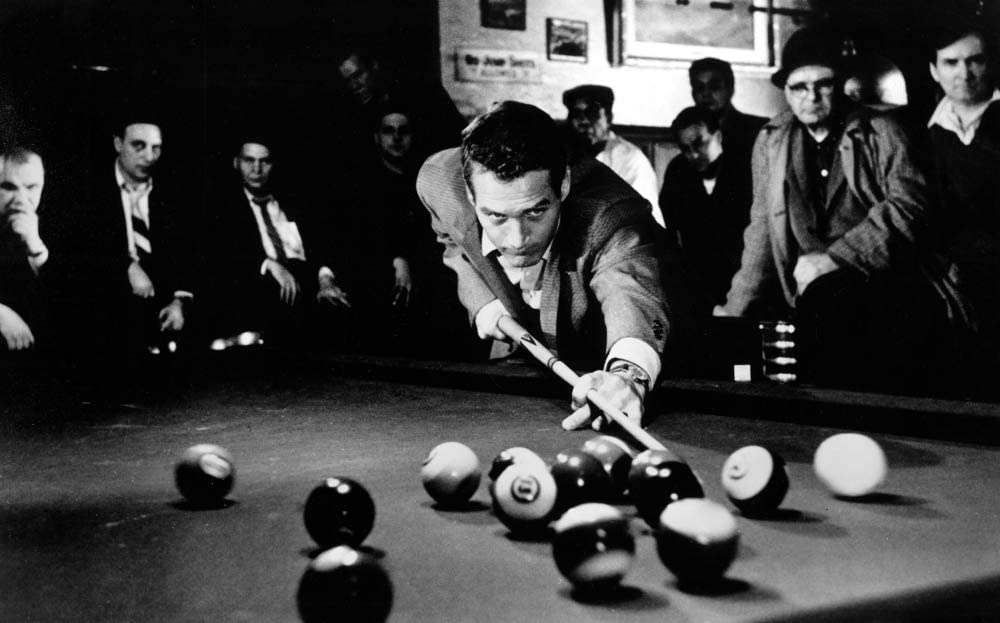
Original Film: The Hustler (1961)
The Sequel: The Color of Money (1986)
Why this franchise belongs on this list: Based on a 1959 novel, The Hustler is an important film not only because it was well received by critics and audiences, but because of what it brought to the big screen. This was a film about the hazards of gambling, and is unique in being one of the very few films to have a plot that revolves around billiards. Not only did it spark a pool revolution, but it promoted the professionalism of the sport. But what really allowed the film to establish itself as an American classic is its dark themes. This was a time when films rarely ventured outside of family-friendly avenues, and the tension and anxiety created by this one left a mark on its viewers. The sequel didn’t make as big of a mark, but successfully updated the formula for a new generation behind the veteran direction of Martin Scorsese.
Why only two films? Alright stick with me here…The Color of Money borrows its name from the 1984 novel by the same name. The novel, which was written by the same author as The Hustler, was a sequel of the original novel (there is no third book in the series). However, The Color of Money the film differs significantly from The Color of Money the novel. Paul Newman wanted to make a sequel and approached Scorsese, but Scorcese didn’t want to make a film that had a lot of ties to the original because he appreciated it so much. Newman agreed to a new script, and Scorsese agreed to direct because he was a big fan of Newman and because he was trying to raise money for his passion project (The Last Temptation of Christ). So, in other words a lot of things had to fall into place for the sequel to get made in the first place, and so the chances of a third ever happening were very very small.
5. Kill Bill
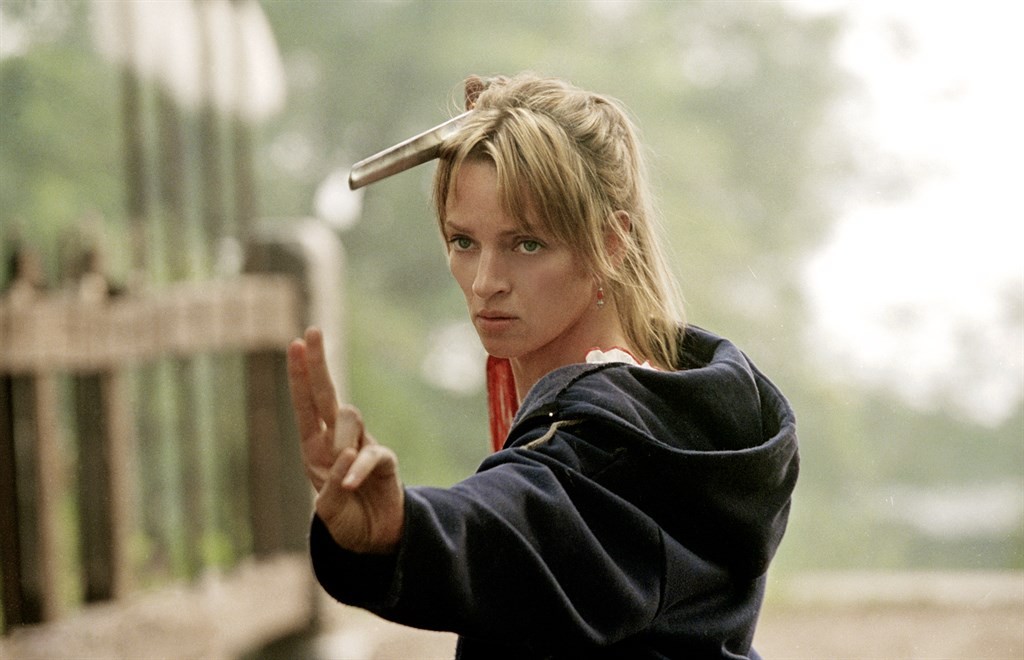
Original Film: Kill Bill: Volume 1 (2003)
The Sequel: Kill Bill: Volume 2 (2004)
Why this franchise belongs on this list: Tarantino’s homage to classic martial arts films as well as grindhouse cinema remains as one of the director’s most unique and fascinating works. Technically it is a single film that was divided into two for theatrical release, but I will count it as a 2-film franchise. Both films were appreciated by critics, and found healthy profits at the box office. Despite borrowing heavily from genre films of the past, the blend of styles and approaches in Kill Bill was influential on its own. In a decade that was obsessed with nostalgia, it was as much an appreciation of the past as it laid the groundwork for more creative action films in the future.
Why only two films? Of all the franchises on this list I would rank this one as most likely to have a third film. But even then I believe the chances are very thin. Quentin Tarantino has commented on how he would like to make a third film in the series for more than a decade, but despite all the interest it hasn’t happened yet. Furthermore, as someone who has said that he does not want to make movies for the rest of his life, a third Kill Bill seems like a waste of an opportunity to explore something else for one of Tarantino’s few remaining films. Indeed, Tarantino has also commented on the difficulty of making the original two films, which seems to suggest his interest in making a third one is rather low.
4. Chinatown
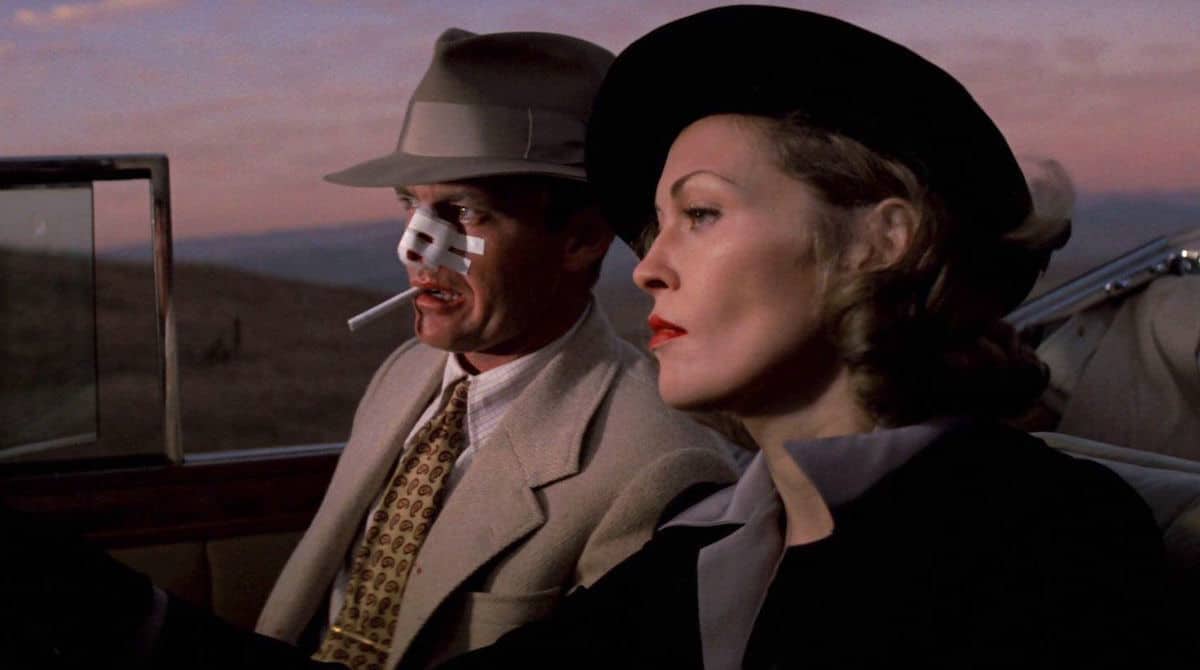
Original Film: Chinatown (1974)
The Sequel: The Two Jakes (1990)
Why this franchise belongs on this list: Despite being helmed by Roman Polanski, Chinatown is heralded as not only one of the greatest crime thrillers/noirs of all time, but as one of the greatest films to ever grace the silver screen. In addition to a top-notch cast, inspired direction, incredible production design, and a perfect atmosphere, the film is often lauded for its impeccable script. Chinatown was nominated for 11 Oscars, and found a good amount of success at the box office. The sequel was nowhere near as successful in both regards, but did manage positive reviews from critics. It just isn’t as expertly crafted, or effortlessly entertaining, as the original.
Why only two films? The film was meant as an ode to The Great Gatsby, focusing on the impact of greed, but revolving around real-world events that took place in 1930’s Los Angeles. Screenwriter Robert Towne envisioned a trilogy of films, with each focusing on greed for a particular resource. In Chinatown it was water, in The Two Jakes it was oil. However, the plans for a third film Gittes vs. Gittes were abandoned after the commercial failure of The Two Jakes. The Two Jakes faced a lot of production difficulties as is, and only really got off the ground because of Jack Nicholson deciding to direct it.
3. Blade Runner
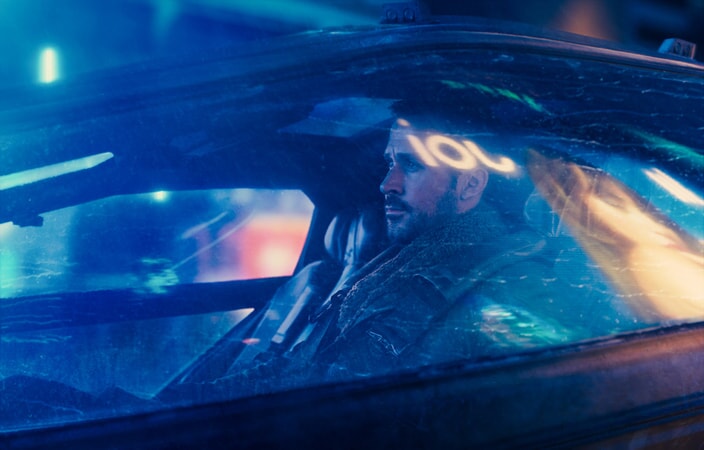
Original Film: Blade Runner (1982)
The Sequel: Blade Runner: 2049 (2017)
Why this franchise belongs on this list: The original Blade Runner may not be as well-regarded, nor did it experience as much box office success, as some other films on this list. But that doesn’t make it any less important. Furthermore, when you consider the positive audience and critical outlook on both the original film and its sequel, few other two-film pairs can compare. Blade Runner really established what cyberpunk would be, and the sequel is an artistic statement for the 21st Century.
Why only two films? Despite the lack of box office success of the original film, there was interest in making sequels and spinoffs. Unfortunately, it was difficult for studios to obtain the rights to do so, and so plans languished for decades. Eventually Alcon Entertainment secured the rights and began making plans for a sequel, but even this took almost a decade to come to fruition. While the admiration of Blade Runner has grown in recent times, the idea of adding to the franchise with another sequel is viewed as a risky move. Both because of the high cost of BR:2049 compared to its box office proceeds, but also the difficulty in adding to the artistic impact of the series without infringing on the original’s legacy.
2. The French Connection
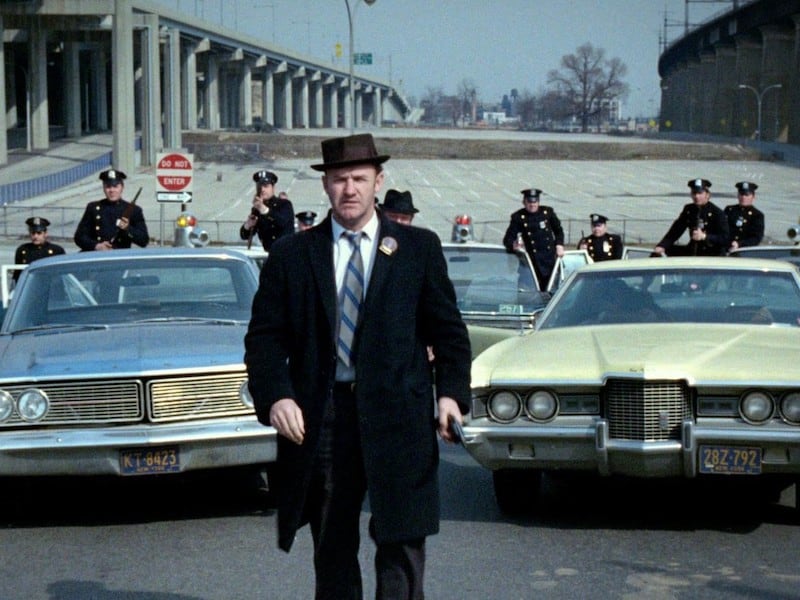
Original Film: The French Connection (1971)
The Sequel: The French Connection II (1975)
Why this franchise belongs on this list: The original film was a gritty crime thriller that not only set the tone for the direction of cinema in the 1970’s, but firmly established the arrival of the New Hollywood movement with success at the box office. It is considered to be one of the best films ever made. It won the Oscar for Best Picture, Best Actor, and Best Director. The sequel picks up right where the first film left off, but transplants the setting to France, giving the film a unique perspective and approach. While the sequel was not lauded and as commercially successful as the first film, it was still well received by critics and successful at the box office. The two-part franchise also does well to represent the 1970’s in film overall – both the artistic experimentation and the attempts to commercialize that edginess.
Why only two films? To be honest, the sequel was unnecessary as is – the original film was based on a book but there was no sequel book to base this film upon. The sequel relied 100% on the accolades of the original film, which is….fine. Really the only reason it exists is to give some closure to the popular main character, and give director John Frankenheimer a more commercial film project. So, for all these reasons, including declining returns with the sequel, a third film was never seriously considered.
1. 2001: A Space Odyssey

Original Film: 2001: A Space Odyssey (1968)
The Sequel: 2010: The Year We Made Contact (1984)
Why this franchise belongs on this list: Just like #2 on this list, the first film in this franchise represents one of the greatest films ever made (if not THE greatest). Unfortunately it’s brilliance was not recognized at the time of its release in terms of critical praise and box office success. But that hasn’t stopped it from becoming one of the most important and influential movies ever made; not only in story, theme, and approach but also those incredible special effects. In comparison, the sequel is more of a run-of-the-mill science fiction film. But this is more a fault of the source material than the end result of filming it. The books upon which the films are based follow in similar footsteps – the original being the shocking and inspirational eye-opener, the sequel being more grounded and explorational. In that regard, I find that the set of films does exactly what it needed to do.
Why only two films? While plans for a third and potentially fourth film were considered in the 2000’s, nothing really came of them. 2010’s biggest struggle was escaping the shadow of its predecessor, which it was unable to do. People just couldn’t separate it from the breathtaking original, which certainly helped reduce studio excitement for another sequel. It also didn’t help that author Arthur C. Clarke’s declining health in the 2000’s made collaboration with him difficult. He was heavily involved in planning the original and sequel, and so certainly there would be hesitation from filmmakers as well as his estate to move forward without him.















